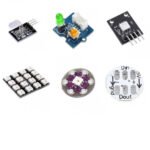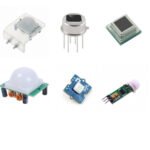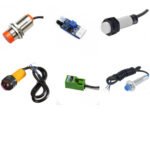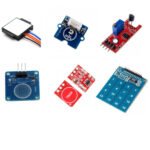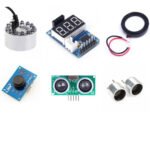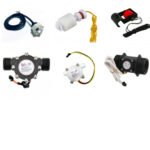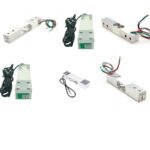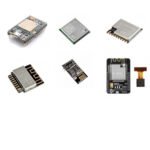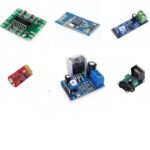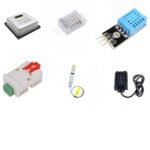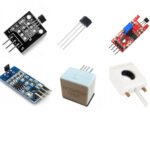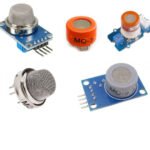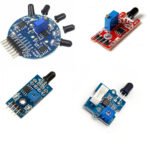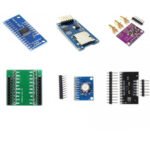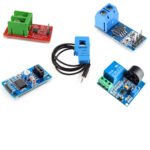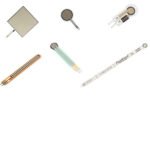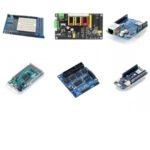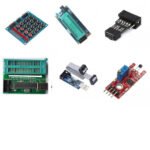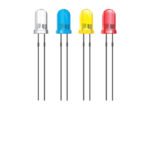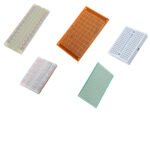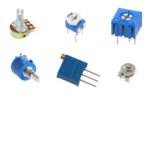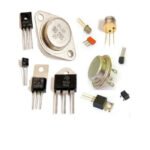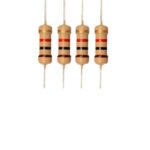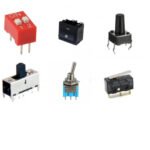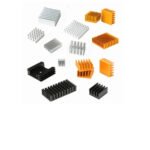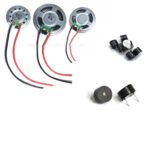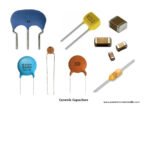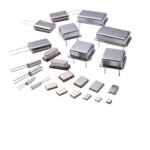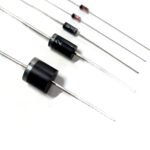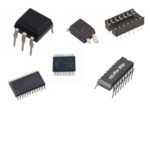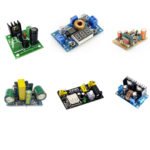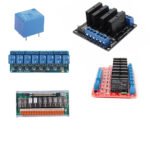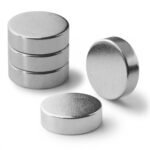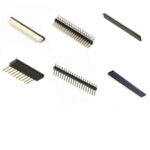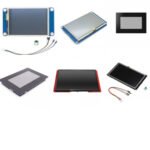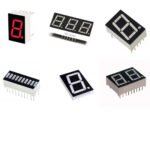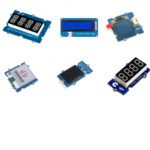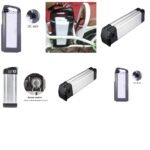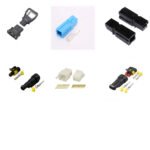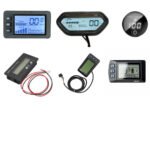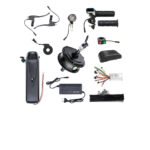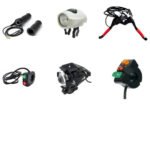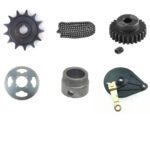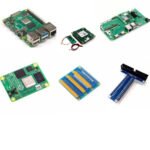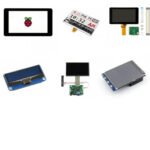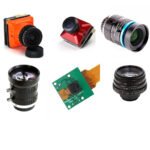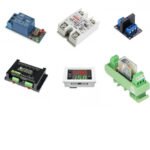What is Inductor?
An inductor, an essential component in many electrical circuits, stores energy in the form of magnetic energy when an electric current passes through it. It is also known as a coil, choke, or reactor, and it is a two-terminal electrical component characterized by its inductance.
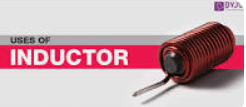

-
Energy Storage:
-
- Inductors are commonly used to store energy in magnetic fields. This stored energy can be released when the current through the inductor changes, making them valuable in various electronic applications.
-
Filters and Signal Processing:
-
- Inductors are essential components in filters, helping to block or allow specific frequencies to pass through a circuit. Audio systems, radio-frequency applications, and various signal processing circuits make use of them.
-
Transformers:
-
- Inductors are a fundamental part of transformers, which are crucial for voltage transformation in power distribution systems. Transformers help step up or step down voltages for efficient energy transmission.
-
Inductive Coupling:
-
- Inductors play a role in inductive coupling, a method used for wireless energy transfer between coils. Applications like wireless charging for electronic devices widely employ this technology.
-
Inductive Sensors:
-
- Inductors find application in inductive proximity sensors. These sensors detect the presence or absence of metallic objects without physical contact, making them useful in automation and robotics.
-
Inductive Heating:
-
- Inductors play a role in induction heating systems, a technology applied in cooking appliances, metal hardening, and various industrial processes requiring controlled and localized heating.
-
Ballasts in Lighting:
-
- Inductors function as ballasts in fluorescent lamps. Ballasts regulate the electrical current flowing through the lamp, ensuring stable and efficient operation.
-
Power Supplies:
-
- Inductors play a vital role in various power supplies by enhancing the stability of the output voltage and minimizing ripple. They are essential in applications demanding a consistent and regulated power supply.
-
DC-DC Converters:
-
- Inductors are a key component in DC-DC converters, helping to step up or step down DC voltages efficiently. These converters find extensive applications in electronics for diverse purposes.
-
Motor Starters:
-
- Inductors are used in motor starter circuits to limit the inrush current when a motor is initially energized. This helps protect the motor and other components in the circuit.
The inductor is an electrical device used for storing electrical energy in the form of a magnetic field. It is constructed by wounding the wire on the core. The cores are made of ceramic material, iron, or air. The core may be toroidal or E- shaped.
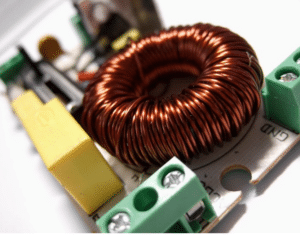

The coil-carrying the electric current induces the magnetic field around the conductor. Placing the core between the coils enhances the strength of the magnetic field. The core provides the low reluctance path to the magnetic flux.
The magnetic field induces the EMF in the coil which causes the current. And according to Lenz’s law, the causes always oppose the effect. In this context, the current serves as the initiator, inducing voltage. Consequently, the electromotive force (EMF) opposes the current change, thereby altering the magnetic field. The reduction in current attributed to inductance is termed inductive reactance. Inductive reactance increases with a higher number of turns in the coils.
How It works ?
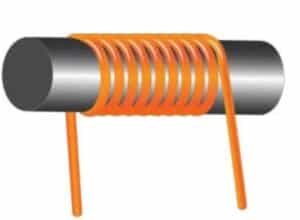

When an electric current flows through the wire, it produces a concentric magnetic field surrounding the wire. If the wire is bent into a “spring shape” as depicted in the figure, the magnetic flux inside the inductor aligns in the same direction, reinforcing the magnetic field. By altering the number of turns, a magnetic field can be generated in proportion to the number of turns. This is the principle of the inductor.
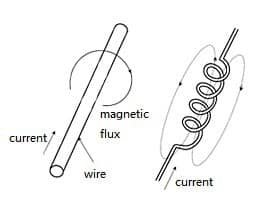

Figure4. Principle of inductor
When an electric current flows through an inductor, it generates a magnetic field; conversely, changes in the magnetic field will induce a current. (Electromagnetic induction law)
E = L ・(d i/d t)
L: Self-inductance of inductor E: Back EMF
The back electromotive force E generated in the inductor is proportional to the rate of change of current per unit time (di/dt), so it does not occur when a certain current continues to flow in the same direction of direct current. In other words, the inductor has no effect on the DC current, but only on the AC current to block the current. Exploiting this property of an inductor, it can serve as resistance (impedance) in an AC circuit. The inductor’s impedance Z (measured in ohms) is:
Z=ωL=2πfL
f is the AC frequency and L is the self-inductance of the inductor.
An inductor is a passive electronic component that can store electrical energy in the form of magnetic flux. Typically, winding the wire results in the generation of a magnetic field on the right side in the direction of current flow when current passes through.


Figure5. Inductor magnetic field
Below is the formula for calculating the inductance value. The greater the number of rolls, the stronger the magnetic field. At the same time, increasing the cross-sectional area or changing the magnetic core can enhance the magnetic field.


Figure6. The calculation formula of the inductance value
So let’s see what happens to the inductor when the alternating current flows through. Alternating current refers to the current whose magnitude and direction change periodically with time. When an alternating current passes through the inductor, the magnetic field generated by the current cuts off the other windings, thus generating a reverse voltage, which hinders the current change. Particularly when the current experiences a sudden surge, it generates an electromotive force opposing the current, impeding its rise. Conversely, when the current diminishes, it generates a force in the direction of increasing the current.


Figure7. AC current flows through the inductor
If the current direction changes, it will also generate a reverse voltage. Prior to being impeded by the reverse voltage, the current flow will reverse, preventing further current passage. On the other hand, direct current does not change because of the current, so there is no reverse voltage and there is no danger of short circuits. In other words, an inductor is a component that allows direct current to pass, but not alternating current.
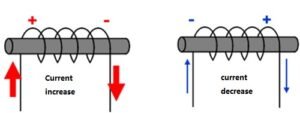

Figure8. Reverse current flows through the inductor
The following figure will help you understand how the inductor works in the circuit:
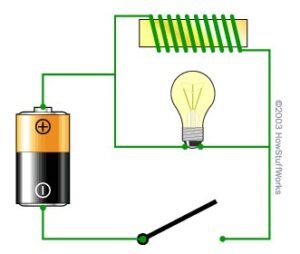

Figure9. inductor works in the circuit
What you see here is a battery, a light bulb, a coil around the (yellow) iron block, and a switch. The coil is the inductor. If you have read the working principle of the electromagnet, you will know that the inductor is an electromagnet.
If you remove the inductor from the circuit, you will get an ordinary flash. Close the switch and the bulb will light. If you install the inductor in the circuit as depicted, it will play a wholly different role.
The light bulb is a resistor (resistance generates heat and causes the filament in the light bulb to shine). The resistance of the wire in the coil is much lower (it is just a wire), so when you turn on the switch, you will see the light bulb glow dimly. Most of the current will pass through the loop through the low resistance path. What actually happens is that when you close the switch, the light bulb is initially bright and then dims. When you turn on the switch, the light bulb becomes very bright and then quickly goes out.
It is the inductor that causes this strange phenomenon. When current begins to flow in the coil for the first time, the coil forms a magnetic field. During the formation of the magnetic field, the coil prevents the flow of current. After the magnetic field takes shape, the current can flow through the wire as usual. When the switch is opened, the coil’s magnetic field induces a flow of current in the coil until the magnetic field ceases to exist. This current can keep the bulb glowing for a period of time even when the switch is open. In other words, an inductor can store energy in its magnetic field and usually prevents any change in the amount of current flowing through it.
Imagine the water flow…
An intuitive way to understand the working principle of an inductor is to imagine a narrow water pipe with water flowing through it, and a heavy water wheel with a paddle immersed in the water pipe. Imagine that the water in the water pipe does not flow initially. Now you try to make the water flow. The water wheel will stop the flow of water until it turns with the speed of the water. Attempting to halt the water flow in the pipe, the rotating water wheel will persist in moving water until it slows down to match the speed of the water flow.The working principle of the inductor is the same, that is, electrons flow in the wire-the inductor prevents the flow of electrons from changing.
Hope this blog helps you to understand, how the Inductor works.
Robotwala.co.in
For additional details on how the inductor operates, kindly visit the following link. https://byjus.com/jee/inductor/#:~:text=What%20Is%20an%20Inductor%3F,of%20current%20flowing%20through%20it.
If you want to learn more about inductors (coils), including their principles and roles, follow the link below for detailed information. https://www.matsusada.com/column/words_inductor.html

